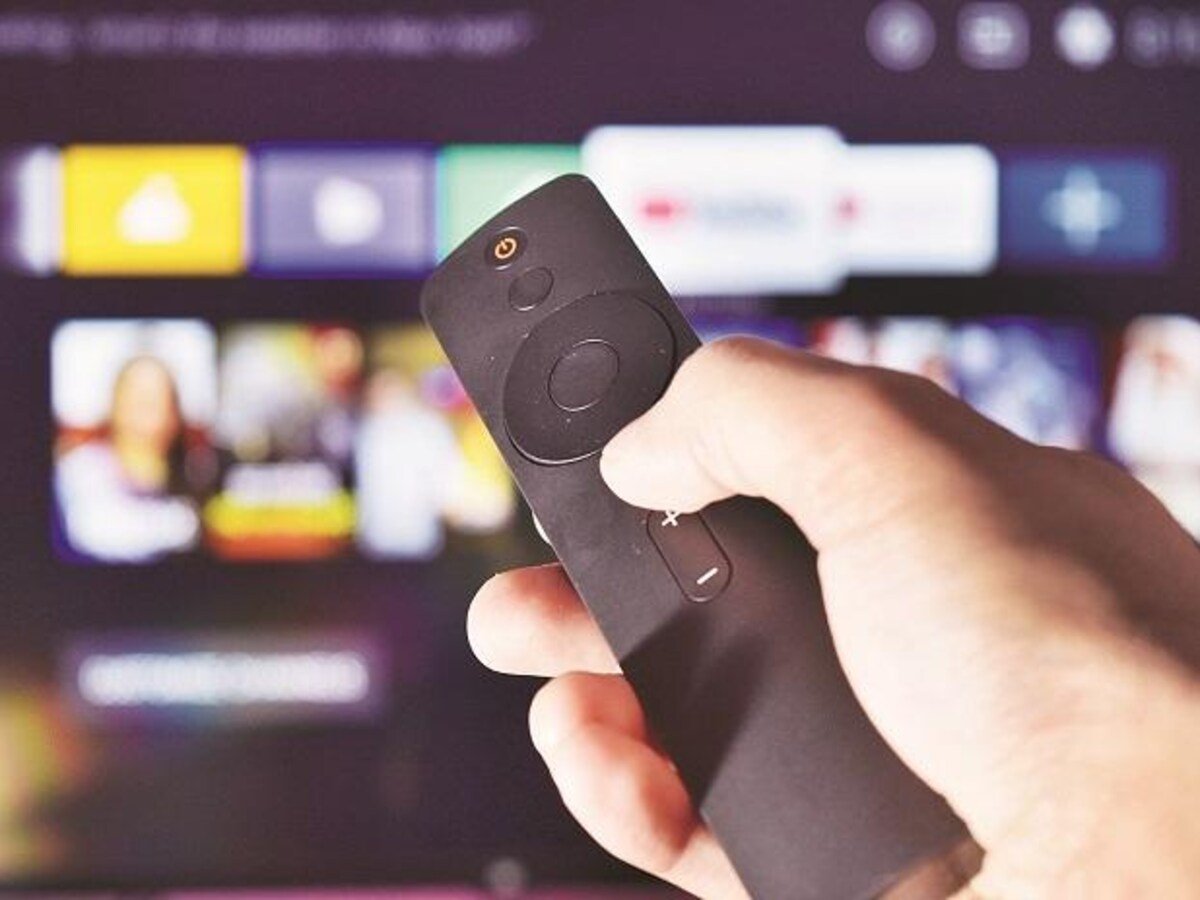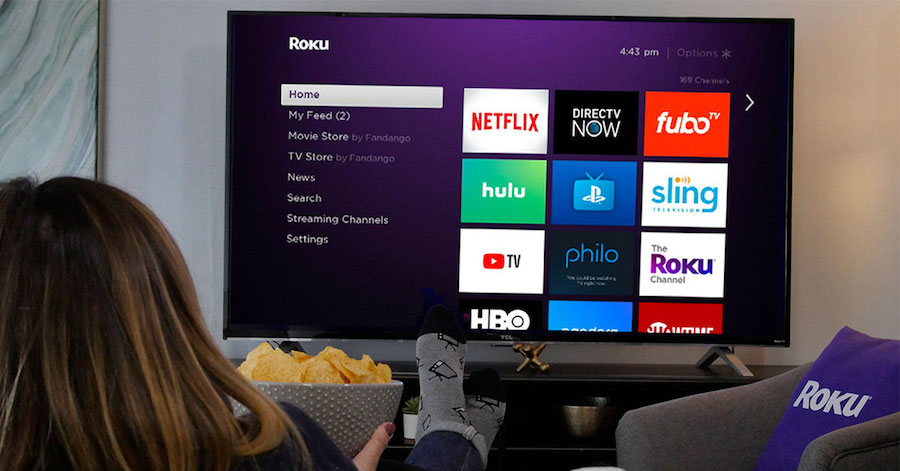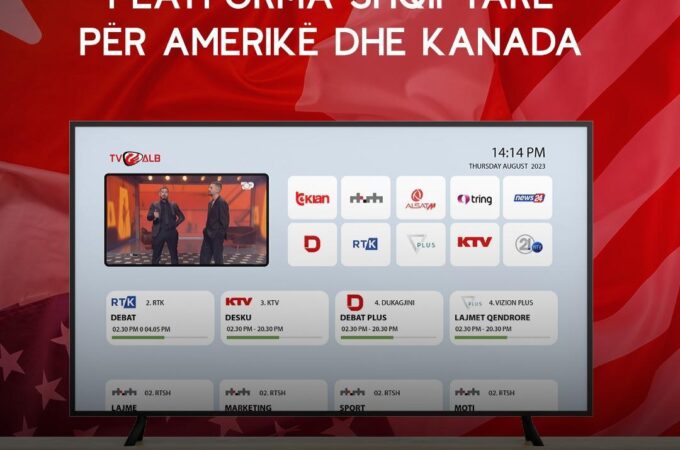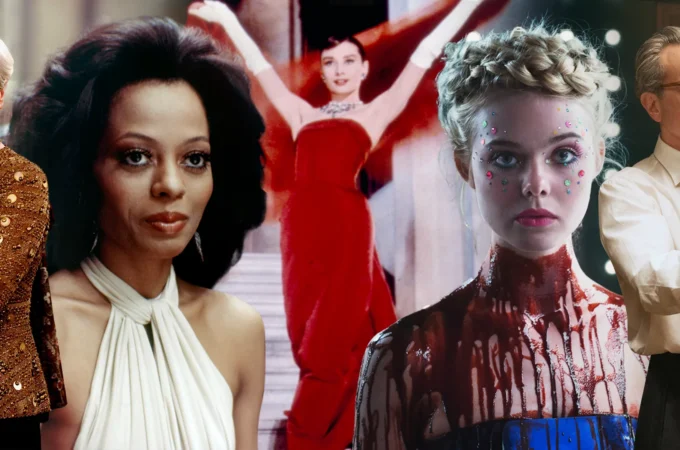
The Future of TV Services: Trends and Innovations in Package Offerings
The way we watch television is undergoing Major changes. From the great unbundling of traditional cable packages to the rise of streaming and virtual reality, TV services are being revolutionized. Read on to learn about the Key trends and innovations that Will shape the future of TV offerings.
The Great Unbundling: The End of Traditional TV Packages
The days of being forced into expensive, rigid cable bundles are numbered. A massive 88% of households with broadband internet no longer have traditional pay-tv subscribers as spectrum internet plans and packages fail to match growing consumer demand for affordability, flexibility and choice. This seismic shift stems from consumers demanding more freedom and affordability in how they access entertainment.
Cable providers Long dictated the terms, charging high prices for hundreds of channels that customers didn’t watch. But the rise of streaming has flipped the script. Viewers now enjoy the flexibility to pay only for the content they want.
In response, traditional TV providers are desperately unbundling their services. Entry-level skinny bundles offer a handful of Popular channels at lower prices. Providers also let customers choose smaller customized packages or individual channels.
This consumer-driven unbundling promises to accelerate as younger generations eschew traditional TV altogether. Nearly 40% of millennials have either never had cable or already cut the cord. To stay relevant, traditional TV must adapt to this à la carte, streaming-first future.
The Rise of Streaming Providers: A New Era of Entertainment
Streaming services have capitalized on consumer frustrations to disrupt traditional TV. Netflix pioneered this revolution, now joined by Hulu, Amazon Prime, Disney+, HBO Max and Many more. These providers offer greater variety and flexibility, two Key demands of modern viewers.
Top streaming services give access to thousands of on-demand titles for a low monthly fee. Many allow downloadable content for offline viewing. There’s also far more flexibility around pricing. Options range from ad-supported tiers to commercial-free experiences or premium add-ons. For instance, Hulu offers live sports and HBO Max through add-ons starting at $9.99 a month.
Cord-cutting has skyrocketed thanks to streaming’s advantages. 33 million US households are now estimated to be broadband-only. Analysts expect over 50% of households to cut traditional TV subscriptions by 2030. Streaming providers have irrevocably changed Audience expectations around the TV experience.
The Future Is Subscription-Based: The Decline of Traditional Advertising Models
As audiences migrate to streaming services, the traditional TV advertising model is becoming obsolete. 87% of video viewing time among younger audiences now happens on streaming platforms.
Pay TV earns billions a year from ads inserted into programming. But streaming services eschew this model, avoiding interruptions to the viewing experience. Original streaming content is tailored to subscribers, not advertisers.
However, hybrid models are emerging. For instance, Hulu offers an ad-supported tier at a discount. Some providers May turn to product placement or branded entertainment deals. We could also see subtle, targeted Banner ads and second-screen ads integrated seamlessly into smart TV interfaces.
The quality and relevance of ads Will have to improve vastly to reach streaming audiences. But make no mistake the future is subscription-based. Netflix alone has over 220 million subscribers globally. Streaming has normalized paying for TV, not sitting through ads.

Interactivity and Virtual Reality: The Next Frontier in TV
While streaming currently dominates, interactive and immersive technologies Will redefine television in the coming years. The potential of integrating virtual reality into smart TVs is a Key focus for tech giants.
Facebook (Meta) Is developing VR interfaces to transport you anywhere. Google quantifies how users interact with content to serve up relevant VR recommendations. Microsoft’s Xbox caters to gaming-related VR experiences while partnering with media firms on next-gen content.
As smart TVs with 4K and 8K resolution become mainstream, consumers Will expect more immersive viewing. VR lenses could transport you to a live sports event or performance. Interactive VR storylines where you influence the narrative are also capturing consumer imagination.
The challenges are cost and limited content. But as VR devices get cheaper and viewing habits shift, smart TVs could make immersive content in 3D virtual worlds commonplace sooner than we realize.
Mergers and Acquisitions: The Re-Bundling Trend
While streaming drove the unbundling revolution, industry consolidation points to rebuilding on the horizon. As viewers face unlimited streaming options, media companies are seeking scale.
For instance, Discovery’s acquisition of Warner Media Will aggregate 100 million global subscribers under one service. Disney acquired 21st-century Fox, taking ownership of content giants like Marvel and National Geographic. NBCUniversal also plans to combine streaming services to create a content powerhouse.
This trend allows streaming companies to offer diverse packages rivalling traditional TV bundles. For instance, Disney+ now houses Disney’s animated classics, Pixar, the Star Wars universe, National Geographic, and more.
The push for expanded libraries and originals aims to reduce subscriber churn in an increasingly crowded market. But it also risks recreating unwieldy bundles if customers must pay for multiple services to access preferred content. However, the bundling is still driven by data and tailored to Audience segments, an advantage over traditional TV.
The television industry is in the middle of a period of change as consumers adopt new ways of content; Several screens are competing for consumer spending, ad budgets, and consumer attention. Across the world, the television industry is in a state of shift from traditional TV to digital TV, as the development and growth of digital video services create new opportunities and challenges for video content providers.
Conclusion
TV Will become extremely personalized based on data that is collected about nearly every aspect of consumers’ viewing tendencies. The TV and video market is highly dynamic and is characterized by a great number of drivers Digitalization, new market offers and disruption by digital players ensure rapid change, moreover, consumer expectations and usage habits are changing rapidly in the age of video-on-demand and mobile media consumption.
Frequently Asked Questions
- How will the unbundling of traditional TV packages affect consumers?
It creates more choice and price points but possibly less convenience. Consumers must juggle multiple services to access preferred content. Niche channels may be unavailable or expensive. However, the freedom to pay only for desired content often offsets these negatives for modern viewers.
- What are the pros and cons of subscription-based models?
The ad-free experience is a major plus, as is on-demand access. But costs can add up, and exclusive content gets fragmented. Quality could suffer without advertisements funding programs. Ultimately more competition and choice benefits consumers if companies offer flexibility.
- Will virtual reality become a standard feature in TV offerings?
It has major potential, but adoption depends on technological improvements and content availability. Motion sickness issues and hardware costs need addressing. But immersive experiences could one day be as commonplace as 4K TV is now. It may start with VR-enabled sports and gaming content first.




